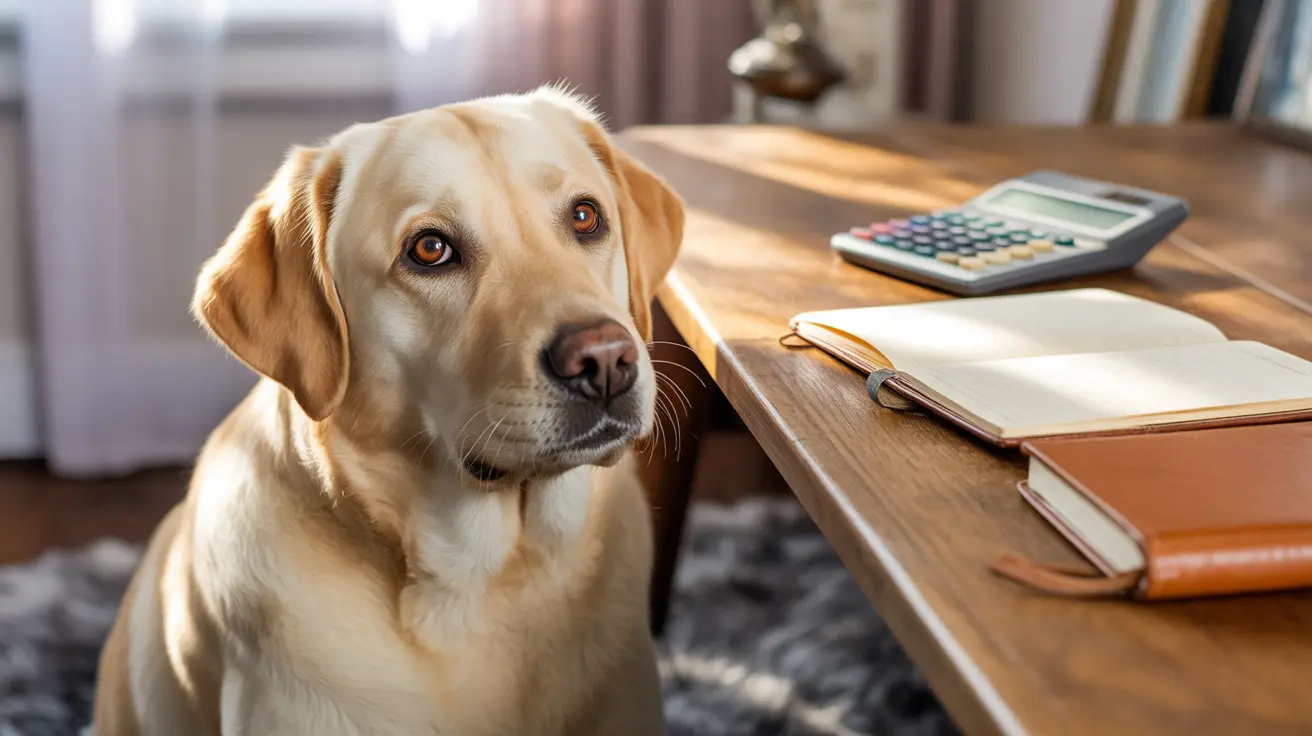How to Tell If Your Dog Is Okay After Eating a Bone
If your dog ate a bone—especially a chicken bone—it's natural to worry. Bones can splinter and cause serious internal injuries. While many dogs pass small bone fragments without harm, it's critical to understand when to act. This article outlines how to monitor your dog, recognize warning signs, and respond appropriately.
Why Bones Can Be Dangerous
Cooked chicken bones are particularly hazardous because they splinter easily. Even raw bones, while less brittle, can carry bacteria such as Salmonella. Bones can also cause:
- Choking
- Internal blockages
- Punctures in the digestive tract
- Bacterial infections
Regardless of size or breed, any dog can suffer serious consequences from ingesting bones.
Immediate Steps to Take
- Stay calm – Avoid panicking as it may stress your pet further.
- Remove the bone – If it’s still in your dog's mouth and you can safely retrieve it, gently take it out.
- Use commands – If trained, instruct your dog to “drop it” or “leave it.”
Do not induce vomiting, as sharp bone fragments can worsen injuries to the esophagus or stomach lining.
Monitoring Your Dog After Bone Ingestion
Even if your dog seems fine initially, issues can develop hours or days later. Carefully watch your pet over the next 24 to 72 hours.
Symptoms to Watch For:
- Choking or gagging
- Vomiting (with or without blood)
- Diarrhea, possibly with blood
- Abdominal pain or bloating
- Lethargy or changes in behavior
- Loss of appetite
- Constipation or trouble defecating
- Signs of distress or discomfort when touched
- Heavy drooling
- Rapid breathing
If you observe any of these symptoms, contact your veterinarian immediately.
Veterinary Care and Diagnosis
Your vet may perform a physical examination and diagnostic imaging, such as x-rays, to determine whether a bone has caused an obstruction or perforation. Treatment options could include:
- Hospital observation
- Intravenous fluids
- Gastrointestinal protectants
- Surgery in severe cases
At-Home Recommendations
Only under veterinary guidance, you may be advised to:
- Feed your dog soft food like white bread to cushion sharp fragments
- Encourage water intake to aid digestion
- Avoid giving over-the-counter medications unless prescribed
Preventive Measures
- Keep chicken bones and food waste out of reach
- Secure all trash cans at home and outdoors
- Train your dog with commands like “leave it”
- Provide safe, vet-approved chew alternatives
- Inform guests not to offer bones to your dog
When It’s Likely Safe
If your dog passes bone fragments in stool and shows no symptoms, complications are unlikely. Still, follow up with your vet if bone fragments don’t appear within a few days.
Types of Bones to Avoid
Besides chicken bones, dense animal bones like beef or pork are also risky. These are harder to digest and more likely to cause obstructions or injuries.
Final Thoughts
Bone ingestion is a common but potentially serious issue for dogs. Remain calm, observe your pet closely, and seek veterinary help if any concerning symptoms arise. With prompt attention and preventive action, your dog should recover safely and avoid future risks.





